Business Platinum Card from American Express
130,000 MR points
It was a sunny afternoon in the Polish capital when we arrived and checked in to the Hotel Bristol, located on one of Warsaw’s main drags, the Krakowskie Przedmieście. This north-south arterial street, with sidewalks so large it may as well be a pedestrian drag, is also known as the “Royal Route” and connects the Old Town of Warsaw with other major sites in the city. Perhaps fittingly, it transforms into the Nowy Świat (New World) street on its southern end.
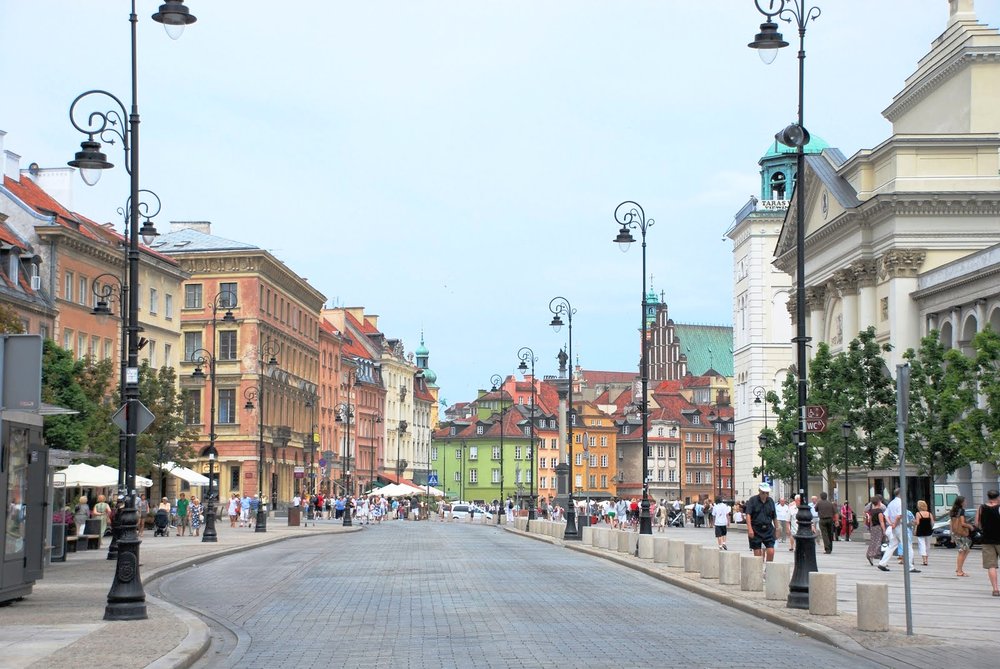
Warsaw – Krakowskie Przedmieście (Royal Route)
We spent our first night exploring the charming Old Town neighbourhood. While it is indeed the oldest part of the capital, the historical buildings were razed to the ground by the Germans during World War II, and what stands today is the result of a meticulous reconstruction in the years that followed.
Almost immediately upon arriving in Old Town you get the feeling that the scars of the 1939 invasion of Poland by the Germans and the Soviets, as well as the terror in the years that followed, are still palpable to this day. However, the sheer resilience and fight that the capital embodies can be felt equally keenly.
Castle Square acts as the entrance to Old Town. Here you’ll find the Royal Castle that used to serve as the official residence of the Polish monarchs, as well as Sigismund’s Column, commemorating a 16th-century Polish king. Nowadays, Castle Square is a popular spot for buskers and street vendors, given its touristic charm.
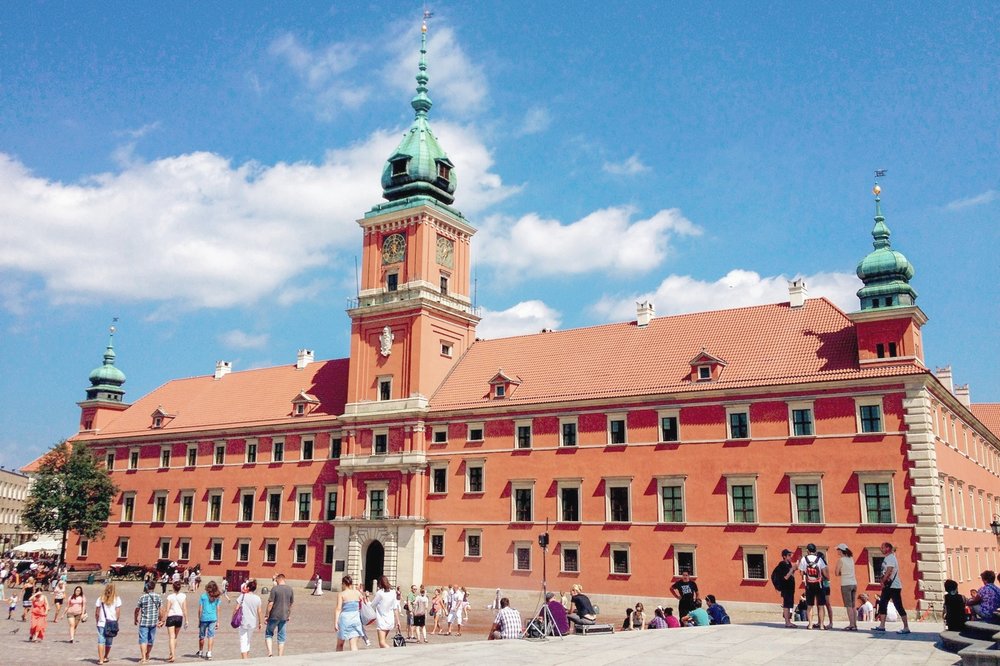
Warsaw – Royal Castle
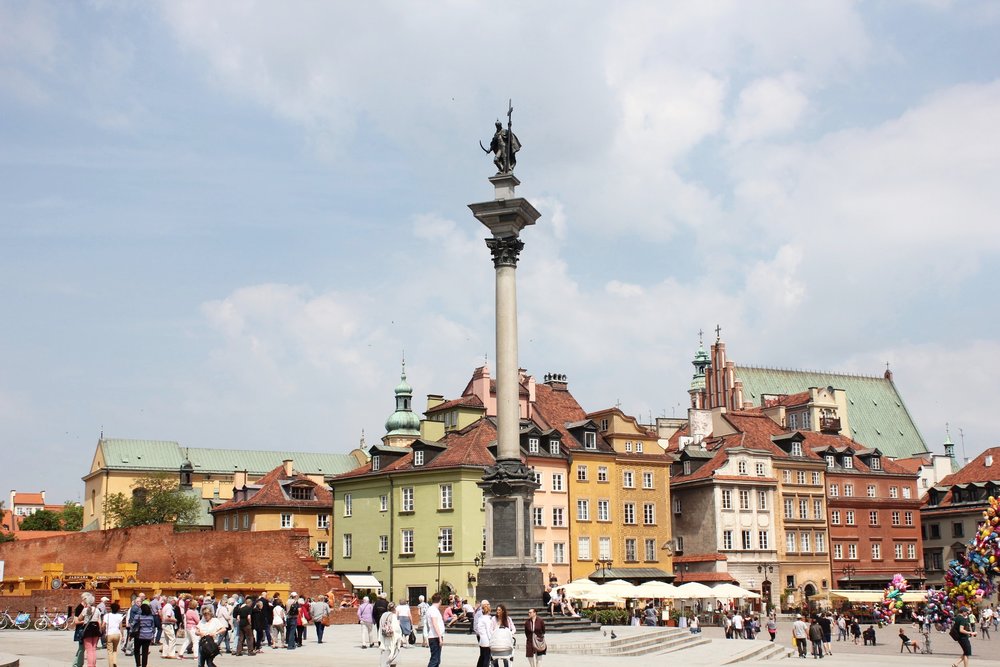
Warsaw – Sigismund’s Column, Castle Square
The Mały Powstaniec (Little Insurgent) monument sits near the Old Town walls, commemorating the Warsaw Uprising, which took place from August to October 1944 when thousands of Polish resistance fighters – underground soldiers, civilians, even schoolboys – sought to liberate the capital from German occupation.
The Poles, essentially a guerrilla force, fought the Germans over the course of 63 days, and despite their eventual capitulation, the Uprising is well-remembered today as a symbol of the Polish spirit, one that persisted throughout unimaginably harsh oppression from both East and West and one that we would come to get to know in much closer quarters over the coming few days.
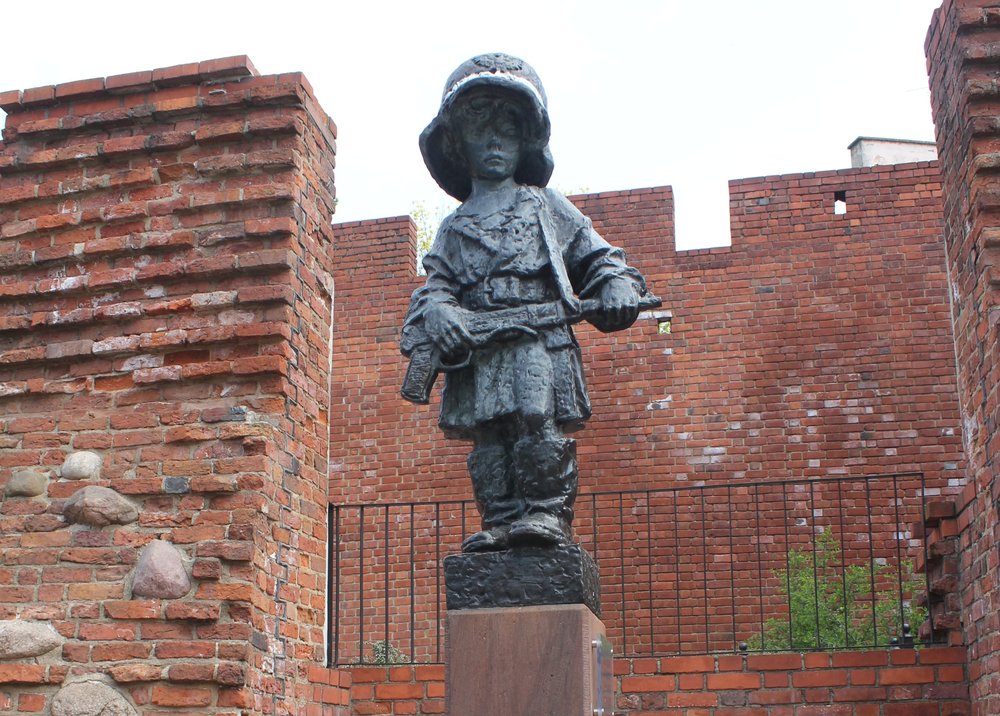
Warsaw – The Little Insurgent monument, Old Town
Given its textured history of destruction and reconstruction, Warsaw is a place you really get to know through its museums. The most notable ones are the POLIN Museum of the History of the Polish Jews and the Warsaw Uprising Museum. We headed to the POLIN Museum on the morning of our second day in the city.
On the way there from Old Town, you’ll pass by the Supreme Court of Poland, where a giant monument of the Warsaw Uprising stood in front of the courthouse. Spend a few days in Warsaw and you’ll see Uprising monuments, together with the Warsaw Uprising symbol, all over the place.
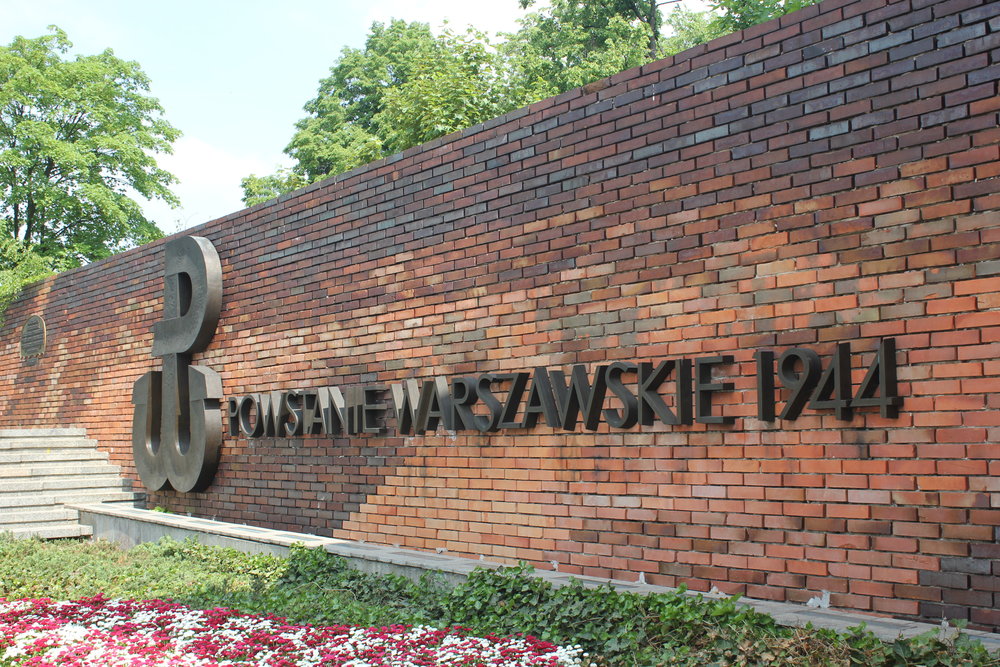
Warsaw – Warsaw Uprising symbol and memorial, Supreme Court of Poland
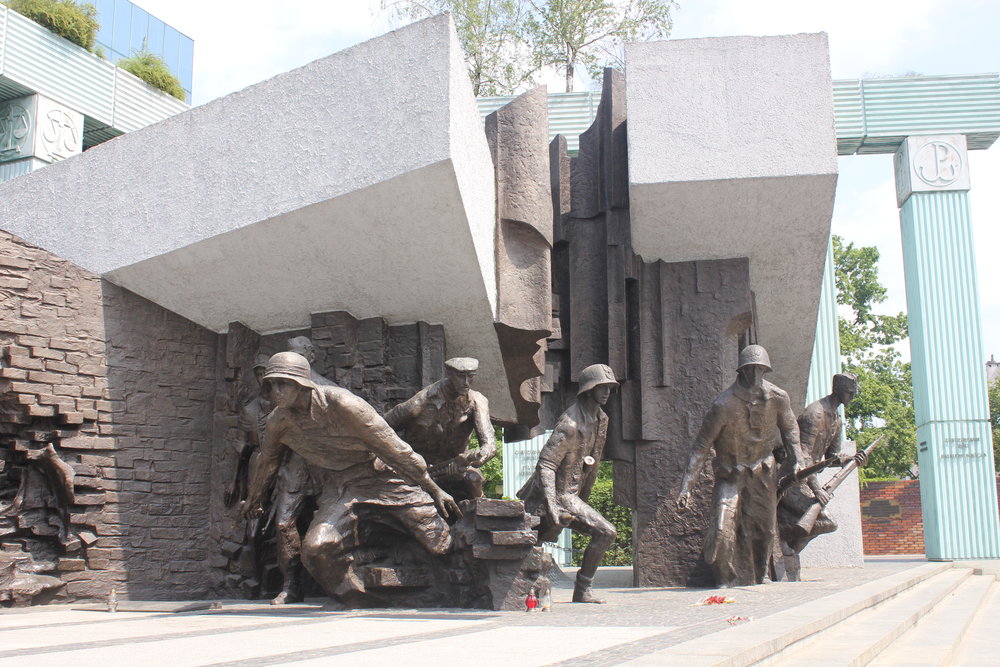
Warsaw – Warsaw Uprising monument, Supreme Court of Poland
The POLIN Museum documents the history of the Jewish population in Poland, which dates back over 1,000 years. Over the course of their history, over 80% of the world’s Jewish population lived in Poland at one point, and at their peak prior to World War II, the country had one of the world’s largest concentrations of Jews of over 3 million. A visit to the POLIN Museum (“Polin” is the Hebrew word for Poland) is therefore crucial to understanding the history of one of the most influential people groups in Poland’s history and therefore Poland as a whole.
In front of the museum you’ll find the Monument to the Ghetto Heroes, a tribute to the fighters in the Warsaw Ghetto Uprising of 1943 (not to be confused with the Warsaw Uprising of 1944). The Ghetto Uprising was primarily an act of Jewish resistance against the efforts of Nazi Germany to transport Warsaw’s Jews to the death camps in Treblinka. It resulted in the mass destruction of Warsaw’s Jewish ghettoes and the death of about 13,000 Jews.
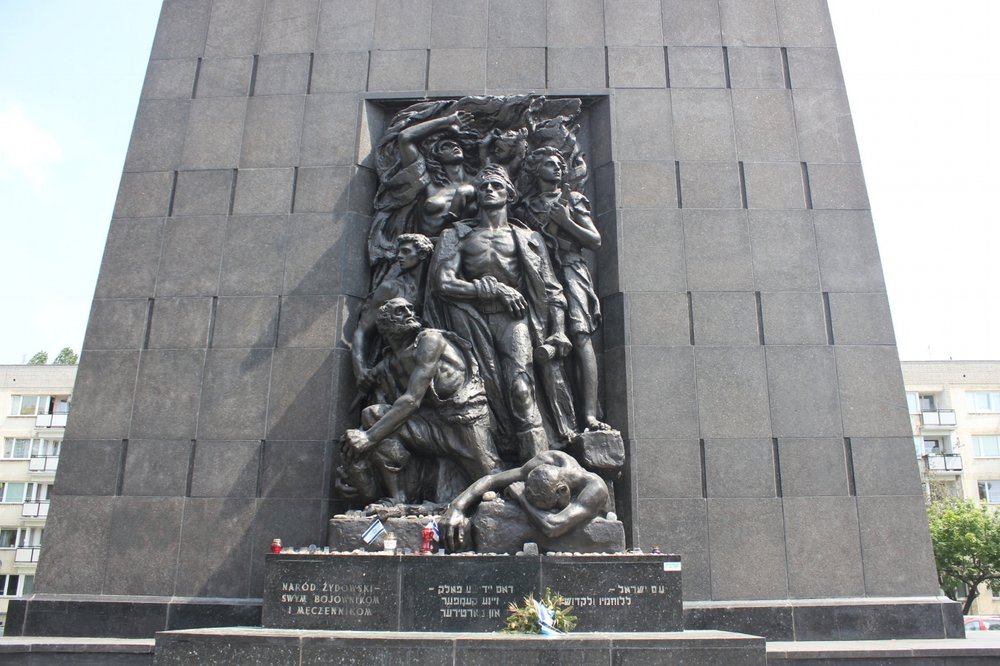
Warsaw – Monument to the Ghetto Heroes, POLIN Museum
It’s worth allocating about 2–3 hours to your visit to the POLIN Museum, given that it walks you through the entire 1,000+ year history of Jewish life in Poland, from their initial settlement, through the period of relative tolerance under the Polish–Lithuanian Commonwealth, right up to the Holocaust. Admission is 25 złoty ($8.80), and reduced admission (including students!) is 15 złoty ($5.30).
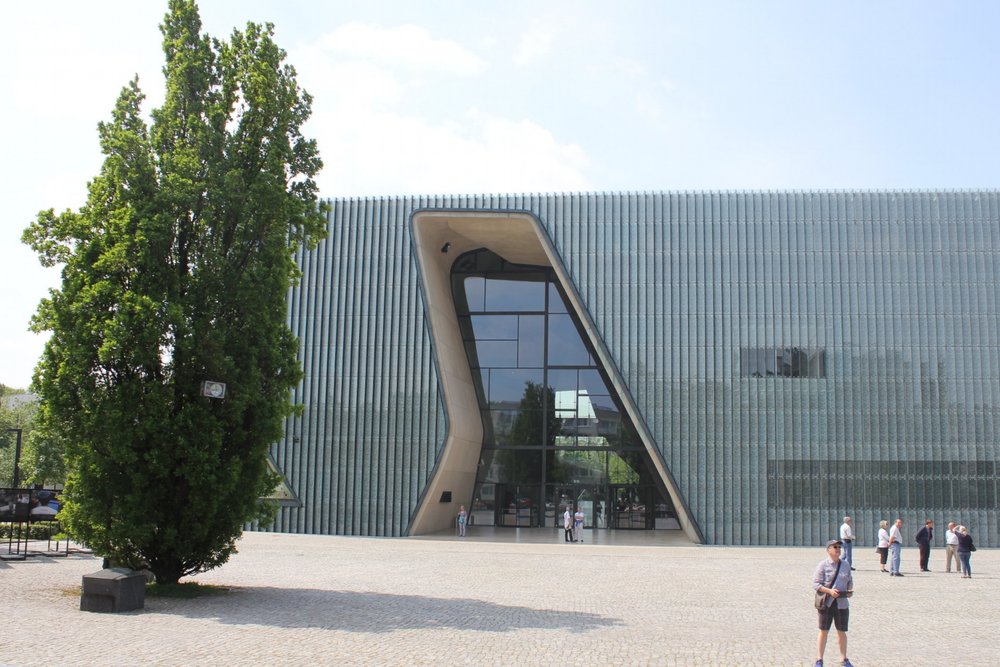
Warsaw – POLIN Museum
In the afternoon, we made our way to the Warsaw Rising Museum, the other “must-see” museum in the city. This one’s located a bit farther out, so we took an Uber to get there after moving our stuff to the Apartament na Mariensztacie. I’d note that Warsaw is an eminently walkable city, with a very flat landscape and architectural charm – the sort that that defines much of Central Europe – in spades. However, Uber is also insanely cheap here, so you’re quite spoilt for options when it comes to getting around.
The Warsaw Rising Museum is of course dedicated to the 1944 resistance movement, which to some degree is the event that defines this city. You’ll learn all about the two months of guerrilla warfare that broke out in an effort to take back Warsaw, including what life was like during the uprising, the secret channels through which the Polish Home Army communicated, and the eventual German victory and destruction of the city. Admission is 20 złoty ($7.05).
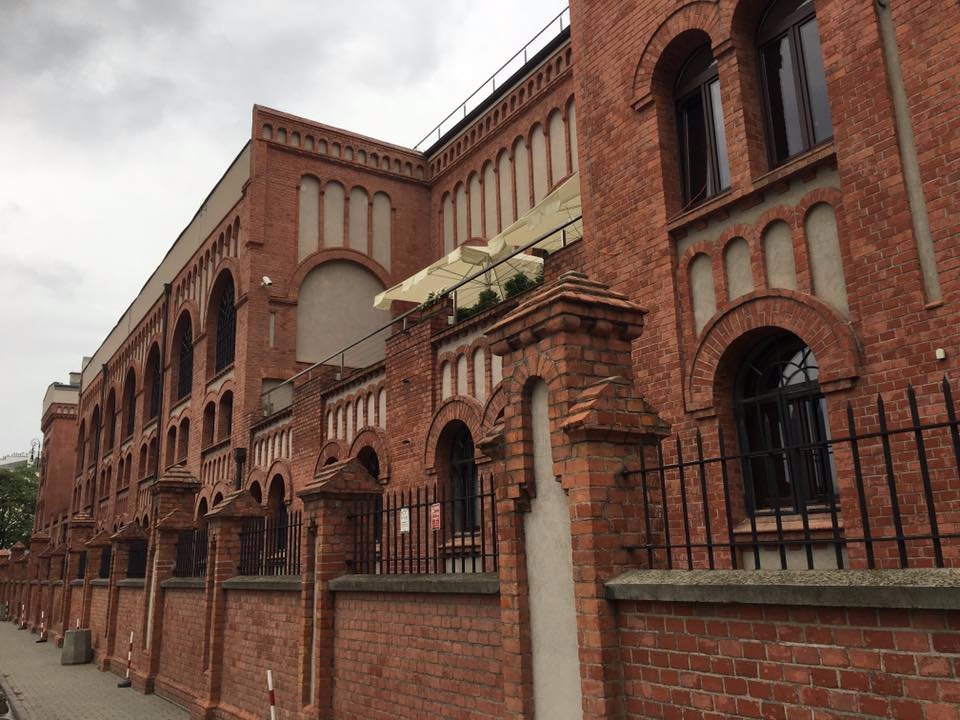
Warsaw – Warsaw Rising Museum
Altogether, the POLIN Museum and the Warsaw Rising Museum taught me a lot about the history of this country which I had previously known very little about. I had little idea the extent to which Warsaw was flattened during the war, and I came away from these visits feeling nothing but the deepest admiration for Poland as a country and a people, given the resilience and strength that they’ve had to show throughout the war-torn period and the subsequent years of rebuilding.
On our fourth and last day in the city (Day 3 was spent on a trip to Auschwitz–Birkenau in southern Poland), we just took our time to stroll through the capital, admire the blend of Bohemian and Soviet-style architecture and city design, and visit some of the city’s green spaces. Again, we found Uprising monuments everywhere, and it was encouraging to witness Varsovians’ (people from Warsaw) “never forget” attitude towards their city’s history.
I find that visiting a place for the second time often makes for the best trips, since you’ve already got a working knowledge of the lay of the land and can really delve into some off-the-beaten-path sightseeing. That’s why my checklist for my next visit to the Polish capital consists of exploring the neighbourhoods on the east side of the Vistula (we almost entirely stayed on the west side this time), checking out the Frédéric Chopin Museum, and finding as many of those little monuments dotted around the city that pay tribute to Warsaw’s turbulent history as I can.
Warsaw is an inspiring city. It’s different from many European capitals – you won’t find the world-renowned monuments of London or Paris. Instead, much like the city’s Vistula River, which unlike the Thames or the Seine cuts disorderly across the city and has gained a reputation for being prone to flooding, Warsaw embodies grittiness, fight, and a spirit of rebellion. Spend a few days here and you’ll walk away with the Polish capital’s undercurrent of strength in the face of hardship in your stride.